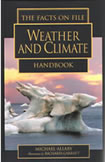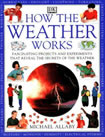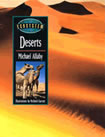Ecology: Plants, Animals and the Environment
Facts On File, Inc., New York.
 |
|
| buy now from amazon.com | |
Ecology is a word on everyone’s lips. It rose to prominence in the 1960s and 70s, with the growing popular awareness of the damage pollution was causing to the natural environment. It seemed that an ecological balance was under threat and that society needed to modify its activities to conserve resources and protect wildlife and the quality of air, water, and soil. In this sense, ecology means approximately the same thing as environmentalism. There is another meaning, however. Ecology is also the scientific study of relationships within communities of organisms and between living organisms and their physical and chemical environments.
Ecology: Plants, Animals, and the Environment describes how the science of ecology began and how it gave rise to environmentalism. Although the word itself was first used in the 19th century, the ideas it enshrines have a much older history, in Europe dating back at least to the middle ages and the management of forests. Ecology recounts the life and work of some of those who contributed to the emergence of the science and of conservation; people such as Gilbert White, John Evelyn, and John Ray. It tells of the explorations that led scholars to study the geographic distribution of plants and animals and, from the 19th century, the development of the science of ecology, and finally of the growth of environmentalism.
To conservationists and environmentalists, Ecology may be the most relevant of the seven volumes in the Discovering the Earth set.





























